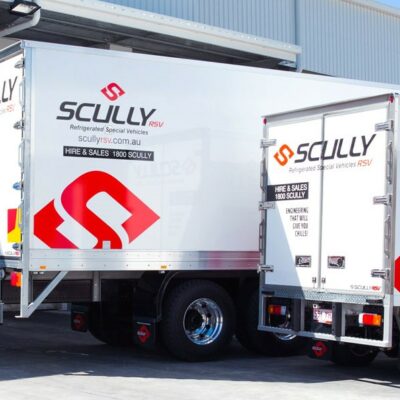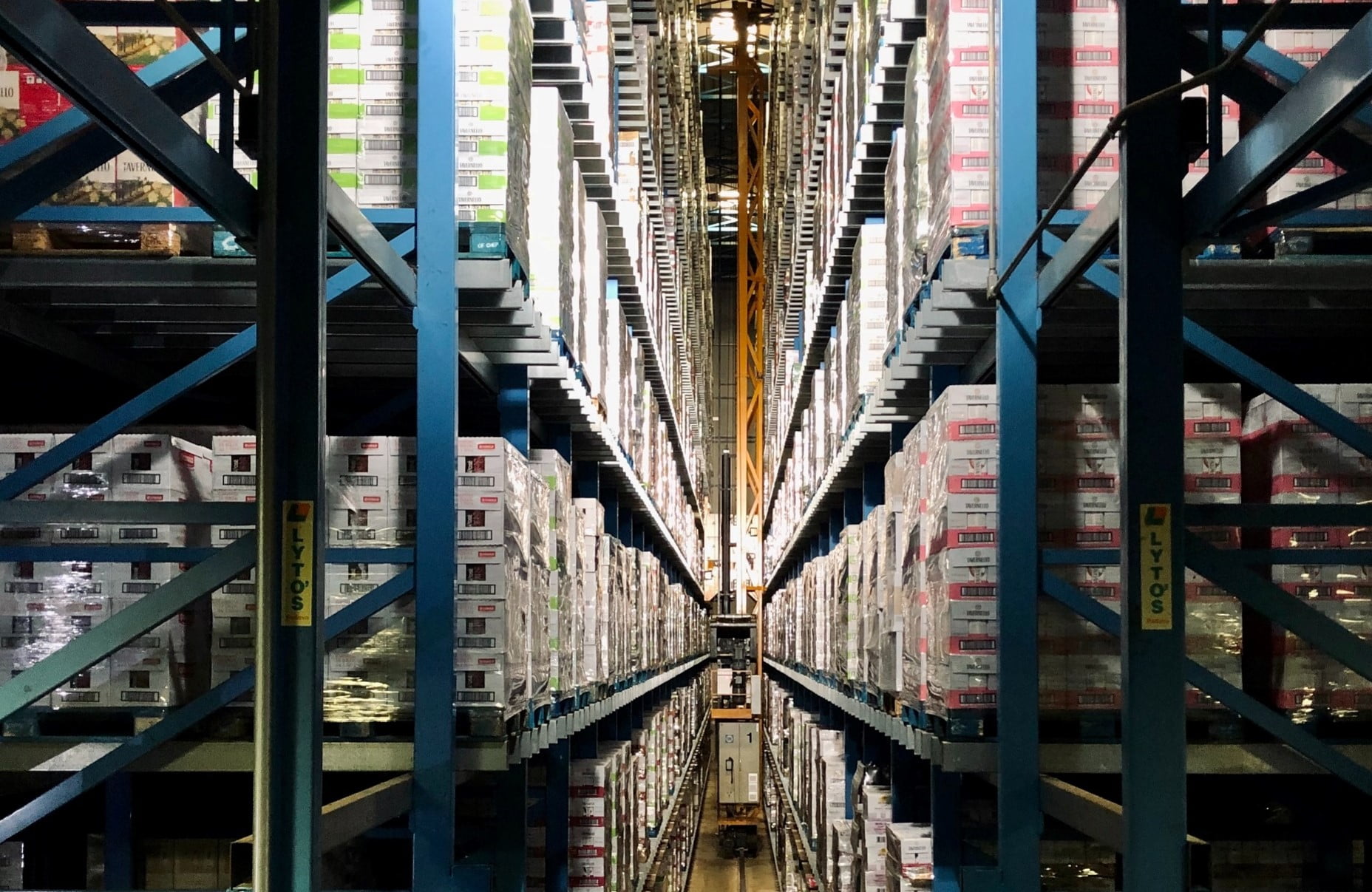Automation was already a major force shaping the logistics industry before the pandemic. Now, it has become an essential element of supply-chain management in the face of virus variants, snap lockdowns and border closures.
With workplace transmission on the rise, warehouse automation can help logistics organisations manage their COVID-19 safety risks by reducing human contact as much as possible.
Automation doesn’t just assist companies in managing the ‘new normal’ of pandemic business operations. It can also help to build long-term resilience and give your organisation a competitive edge for the ‘next normal’.
To see how automated logistics systems could work for your business, here are some examples of them in action.
How one leading transport logistics company uses automation to help its customers navigate COVID-19 impacts as well as gain an edge over the competition
All industries are facing significant operational impacts as a result of COVID-19 isolation, quarantine and stay-at-home directions. However, the impacts of COVID-19 on logistics are magnified when essential workplaces, such as large distribution centres, become known exposure sites. In these workplaces, hundreds of delivery drivers and distribution workers interact every day.
When existing delivery drivers need to isolate or quarantine, the work must go on. Deliveries still need to be made. Companies can overcome this issue by contracting new delivery providers. However, the problem is that most of the new providers cannot link into the existing order tracking update system.
Enter automation. Using our data fusion platform Perspio™, Australia’s leading provider of refrigerated special vehicles – Scully RSV – has started to develop an effective solution to this problem. Their fleet is being digitised with onboard telemetry to feed real-time data on both the truck and its refrigerated cargo, into Perspio™, and more importantly into their customer’s truck booking systems.
With an increasing demand for transparency in the supply chain and even more for cold chain, many logistics companies have installed GPS tracking solutions on their fleet. However, little consideration has been given to tracking the state of the cargo being delivered – until now.
Scully RSV’s automation solution eliminates the need to manually measure, record and input each piece of data related to keeping temperature-sensitive goods stable. Instead, all of this information is now available in real-time, which means that drivers can take quick preventative action to avoid spoilage.
By integrating temperature records and automation with traditional supply chain telemetric data, Scully RSV enables their customers to maintain solid audit trails while minimising transport failure risks.

What’s more, the benefits of logistics automation for Scully RSV are not limited to streamlining back-end processes. As well as being able to drive efficiencies across their vehicle hire business, automation gives their customers the ability to integrate the vehicle data into their own asset management platforms. As a result, the customer experience and quality level can be maintained, even when using external drivers. This increased flexibility and reliability gives Scully RSV and their customers a competitive edge.
How warehouse automation can help protect people and businesses both during and after the pandemic
The spread of the highly contagious Delta variant of COVID-19 has prompted the logistics industry to find ways to reduce the amount of human contact in workplaces. Less human contact minimises staff safety risks and the potential for significant financial losses if operations have to cease temporarily.
Introducing automated storage systems and stock management in warehouses can reduce the amount of human contact involved on the job. Instead of managing inventory by manually scanning barcodes, sensors can be easily attached to each asset to send real-time data to your inventory system automatically.
Using sensors for automated inventory control enables warehouse managers to know exactly where their assets are at all times. Not only that, data from sensors can update managers about warehouse storage conditions and provide alerts in real-time if preventative action needs to be taken.
Non-powered assets can also be tracked using IoT (also known as the ‘Internet of Things’) devices for automated inventory management. Thinxtra’s IET10 is the perfect tool for the job. It offers geolocation via Wi-Fi, a built-in temperature sensor, a tamper detection switch and ultra-long battery life to track non-powered assets. Our team can help you source and connect automated inventory management IoT devices like the IET10 and many others to meet your exact needs.
Another benefit of automated stock management is that it can streamline stock reordering processes using predictive analytics. Instead of manually checking when stock needs to be reordered, the right system can automatically place orders for you based on your previous order history and sales trend data. This frees up your stock controller’s time, allowing them to focus on other business-critical tasks.
Automating routine stock management tasks results in fewer people on the warehouse floor, which can help minimise COVID-19 related operational risks. It can improve customer experience by giving people better visibility of how much stock is available to avoid any sticky situations caused by stock oversell errors. In turn, this allows distributors to sell more with increased confidence.
Warehouse automation technology can also be used to help reduce the risk of COVID-19 transmission and ease employee anxiety about returning to the workplace. For example, NoahFace uses facial recognition technology to help make it easier to track human movement in your warehouse via a touchless staff and visitor registration system. It can also be coupled with touchless, self-service temperature screening kiosks that transfer data securely in the Cloud to facilitate contact tracing.
Another example of automated safety technology is a belt-mounted social distance alert system developed by Bluecats. If another worker gets too close, the system alerts the wearer by vibrating. It also allows for easy export of data to make contact tracing more efficient.
Use automation to future-proof your logistics organisation
With the increase in workplace transmissions as a result of the highly contagious COVID-19 Delta variant, logistics organisations have been turning to automation as a way of reducing human contact on-site. For example, automated inventory management technology replaces manual barcode scanning and instead uses sensors to send real-time asset information to inventory systems. Other workplace technology advancements like wearable social distance alert systems can also be used to help reduce the risk of COVID-19 transmission and ease employee anxiety about returning to the workplace.
Automation can help your logistics organisation survive the impacts of COVID-19 and thrive in the long term. A prime example is how refrigerated special vehicles provider, Scully RSV, uses automation via a digitised fleet and our data fusion platform Perspio™ to solve a key customer problem caused by COVID-19. This gives Scully RSV a competitive edge in the logistics industry.
Get in touch with our team today to learn more about how your logistics organisation can use automation to manage COVID-19 risks and build long-term resilience.

